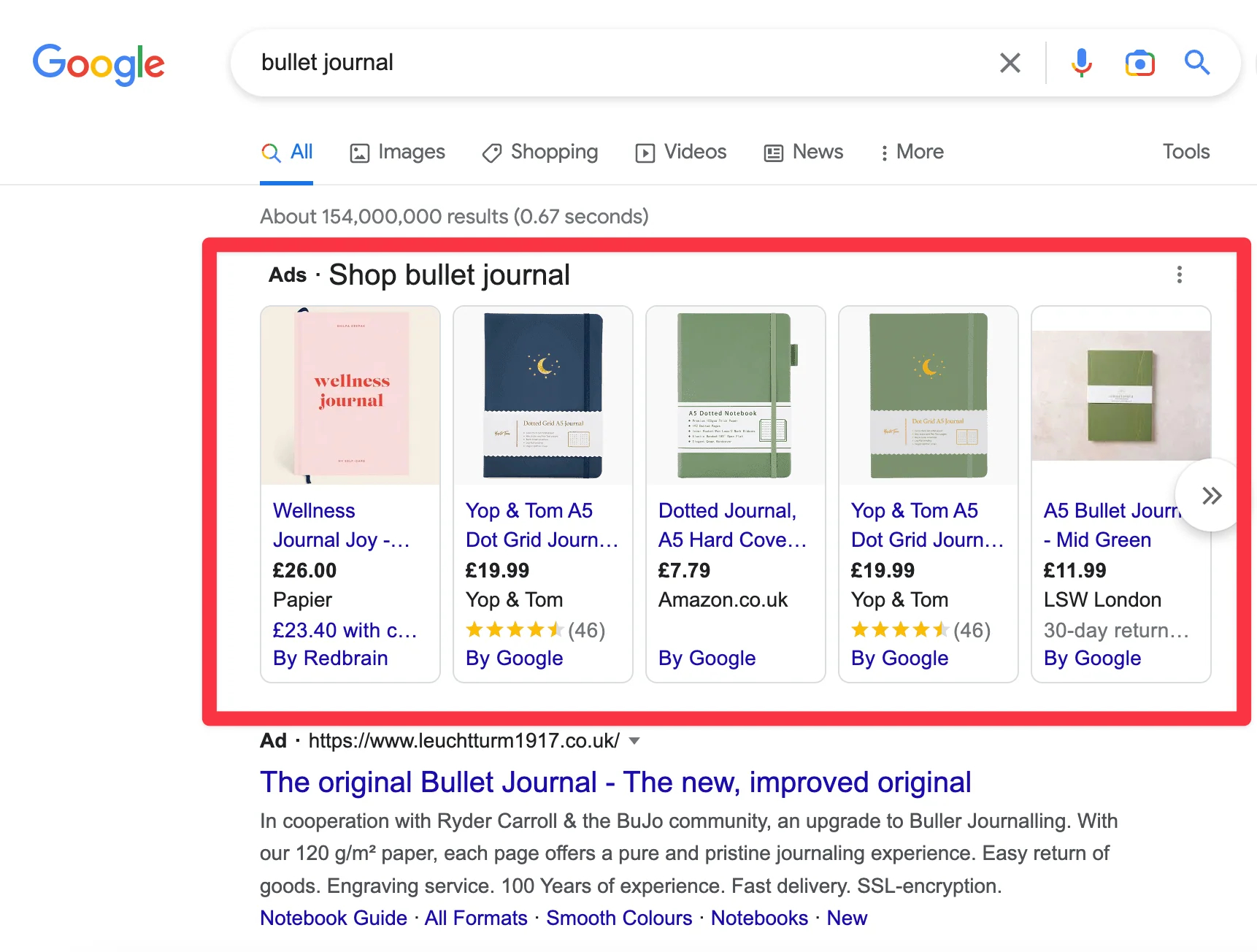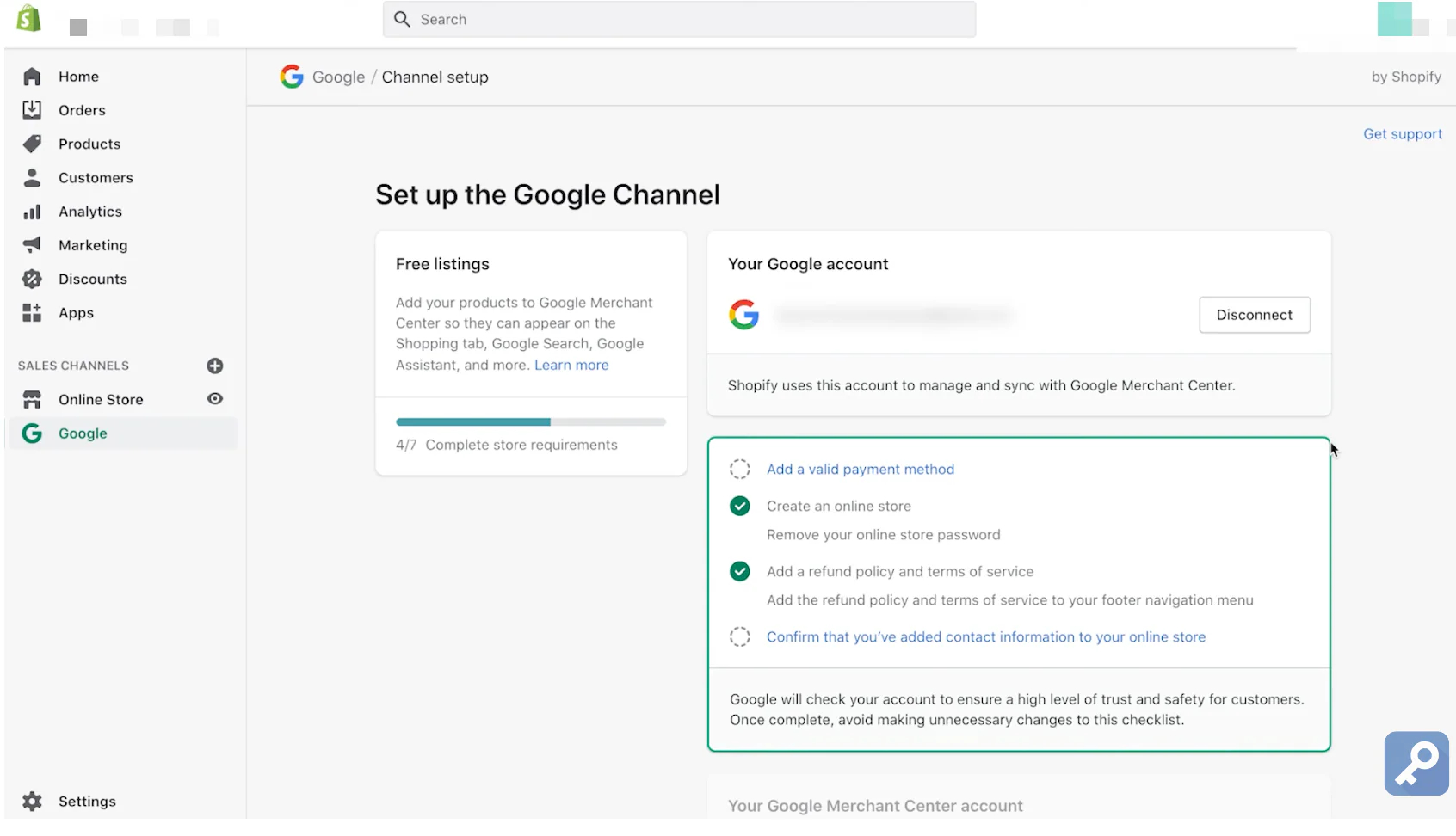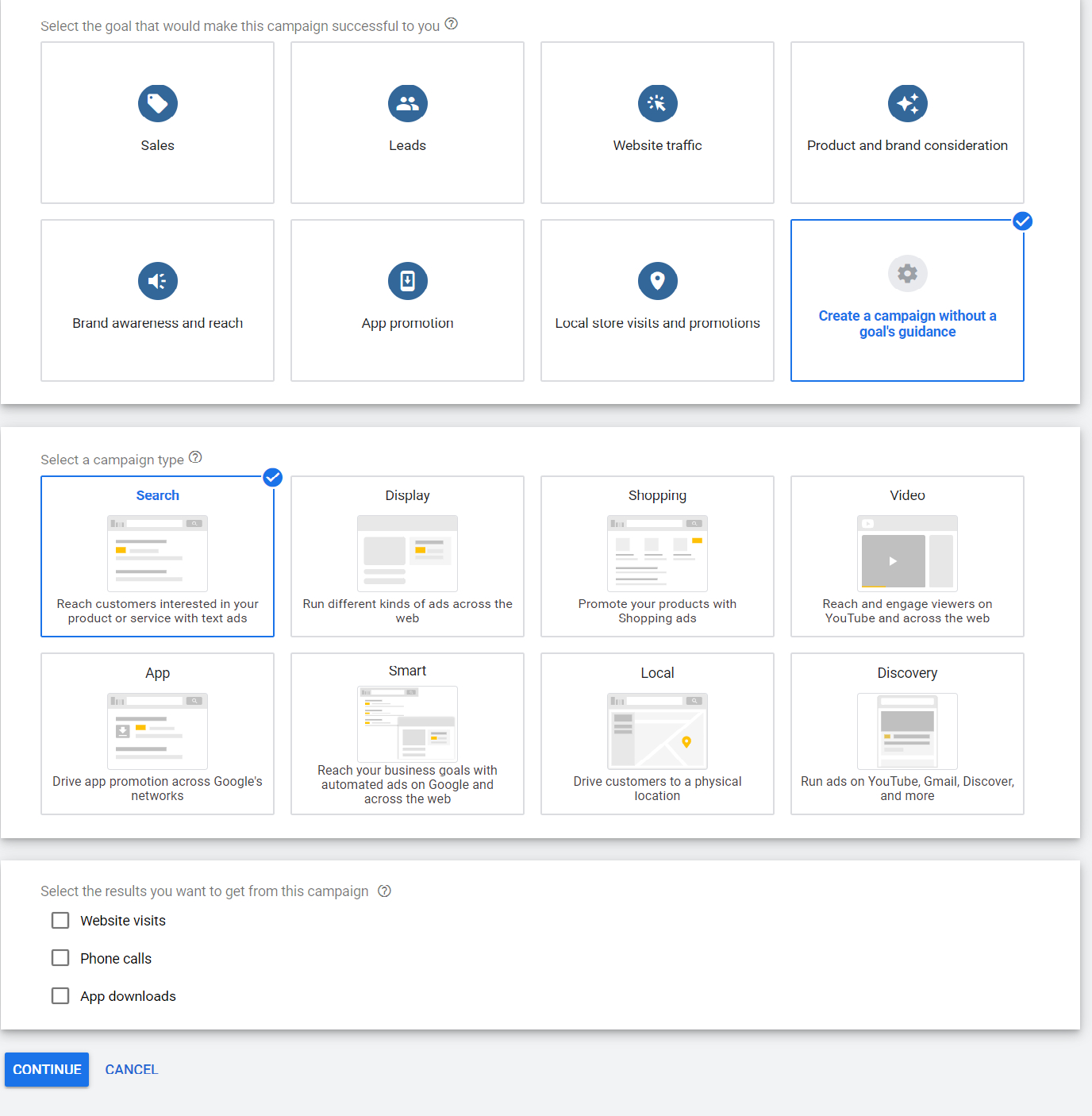Google Shopping is one of the most powerful ways for Shopify merchants to get products in front of buyers at the exact moment they’re searching. Unlike text-based ads, Shopping ads are visual, feature product details like price and availability, and often convert at a higher rate.
If you’re running a Shopify store and want to drive more qualified traffic, setting up a Google Shopping feed is a must. In this guide, we’ll walk you step by step through the process from Shopify setup to Merchant Center approval and share a pro tip on how to use proxies to optimize and scale your campaigns.

Step 1: Make sure your Shopify store is ready
Before touching Google’s tools, start with your product data inside Shopify. Google Merchant Center has strict requirements, so a clean catalog saves headaches later.
- Ensure all products have detailed titles, descriptions, and high-quality images.
- Double-check prices, availability, and condition (new/used).
- Use GTINs or SKUs where possible these improve listing accuracy.
Think of this as your foundation. The better the product data in Shopify, the smoother the Google integration will be.
Step 2: Install the Google channel app in Shopify
Next, head to your Shopify App Store and install the Google Channel app. This is Shopify’s official integration that connects your store directly to Google.
- Once installed, link your Google account.
- Select the target country and language for your listings.
- Choose the products you want to sync (all or a custom selection).
The app automates much of the feed setup no need to manually export CSVs.
Step 3: Create or connect a Google Merchant Center Account
Google Merchant Center (GMC) is where your product feed lives. If you don’t already have an account:
- Go to Google Merchant Center.
- Sign in with your Google account.
- Verify your Shopify store’s domain (HTML tag, Google Analytics, or Tag Manager).
- Set up shipping and tax rules these are required before your products can go live.
If you already have GMC, simply connect it to your Shopify Google Channel app.
Step 4: Set up and sync your feed
This is where it all comes together. In the Shopify Google Channel app:
- Select your GMC account.
- Approve permissions to sync product data.
- Review the feed preview inside Merchant Center.
Products typically take 1–3 days for approval. During this time, you may see disapprovals or warnings. Common fixes include:
- Missing GTINs or brand information
- Inaccurate shipping settings
- Policy violations (prohibited products)
Make corrections in Shopify, and the app will re-sync automatically.
Once approved, your products are ready to be advertised through Google Ads.
Step 5: Link to Google Ads and launch campaigns
The final step is connecting Merchant Center with Google Ads.
- In Merchant Center, link your Google Ads account.
- Create a Smart Shopping campaign or Performance Max campaign in Google Ads.
- Define your daily budget, bidding strategy, and target locations.
And that’s it you now have Shopping ads live, pulling directly from your Shopify feed.
Pro tip: Use proxies to test and optimize your feed
Getting your feed live is only the beginning. The real growth comes from optimization testing different regions, monitoring competitors, and ensuring compliance. This is where proxies give you an edge.
Here’s how proxies (like Ping Proxies) can help:
1. Regional testing
Google Shopping results look different across regions. A product ad shown in New York may appear differently in London or Berlin. By routing your browsing through residential proxies, you can see exactly what local customers see. This helps you:
- Check if your ads are being served in targeted locations.
- Spot region-specific errors or disapprovals.
- Test pricing strategies against local competition.
2. Ad compliance
Google has strict ad policies that vary by market. Proxies let you simulate browsing from different regions to ensure your listings comply with local rules. For example, alcohol-related products may be restricted in one country but allowed in another.
3. Competitor research
Want to know how competitors are positioning their products? Proxies let you anonymously view Shopping results across multiple geographies. You can benchmark product titles, pricing, and promotions without skewing results with your own browsing history.
4. Multi-account safety
Many agencies and advanced merchants run multiple Google Merchant Center accounts. Logging into them from the same IP can trigger red flags. Proxies solve this by giving each account its own clean, dedicated IP, reducing the risk of suspensions. For even more protection, you can use automatic IP rotation, which ensures your browsing sessions switch between fresh residential IPs automatically ideal for scaling safely.
Wrapping up
Setting up a Google Shopping feed for your Shopify store is straightforward:
- Prepare your product data in Shopify.
- Install the Google Channel app.
- Connect Merchant Center and sync your feed.
- Link to Google Ads and launch campaigns.
But the real difference comes after setup. With proxies, you can test regionally, ensure compliance, research competitors, and safely manage multiple accounts. Tools like Ping Proxies help you go from basic setup to strategic optimization.
Get your feed live, then take it further with smarter testing. That’s how you turn a standard Google Shopping campaign into a long-term growth channel.









